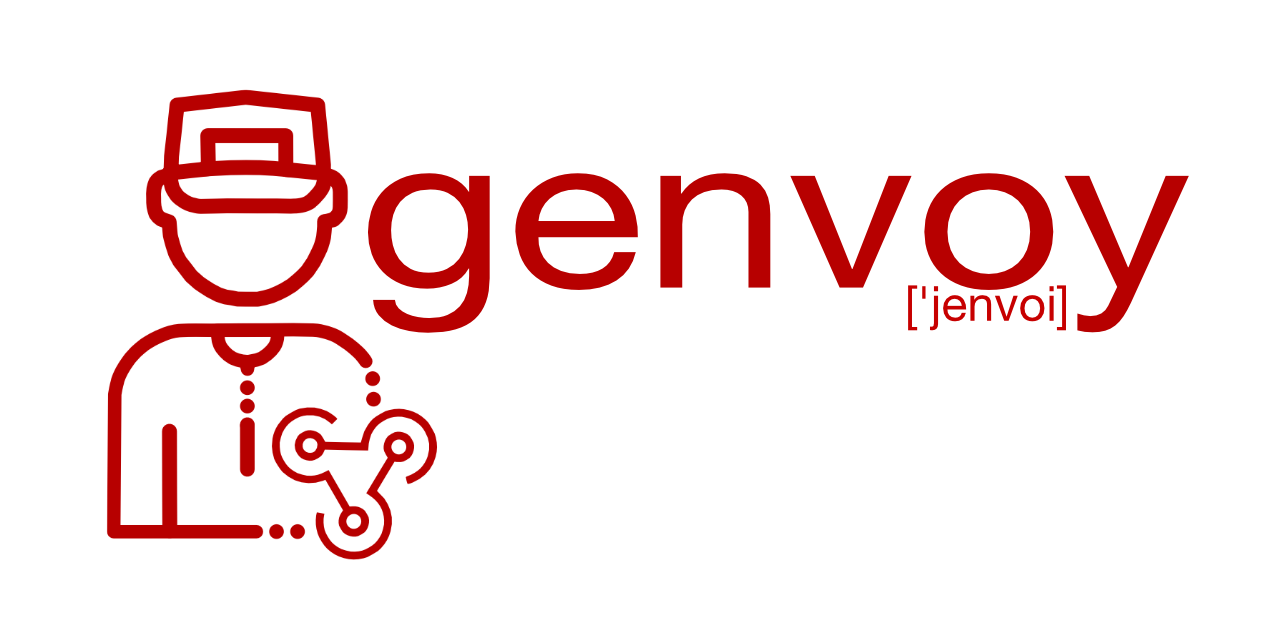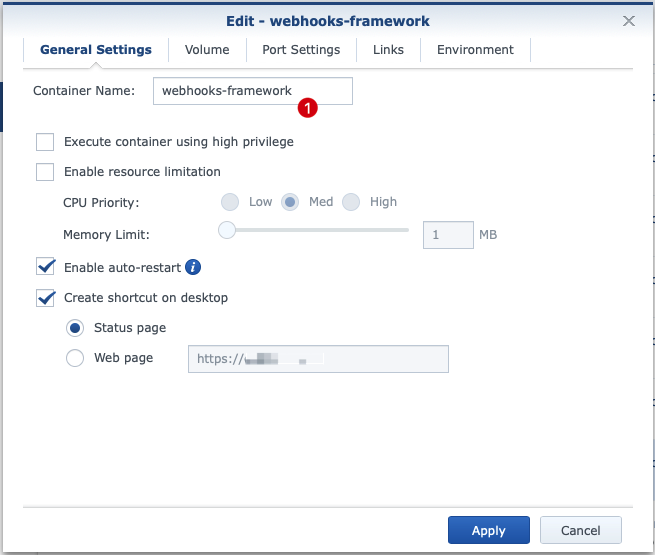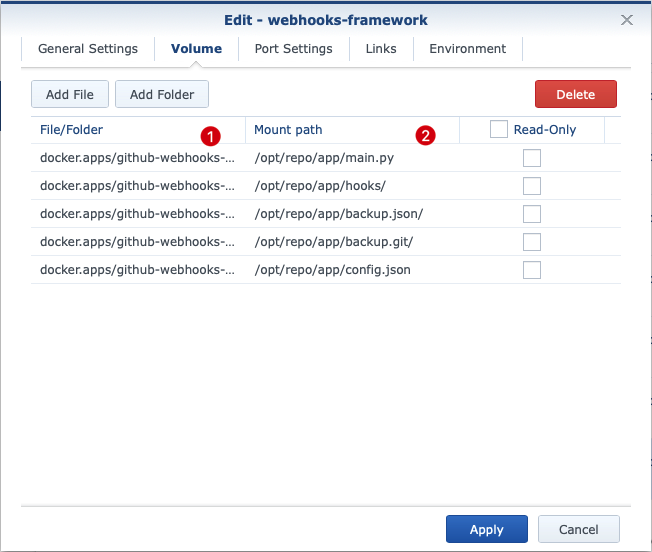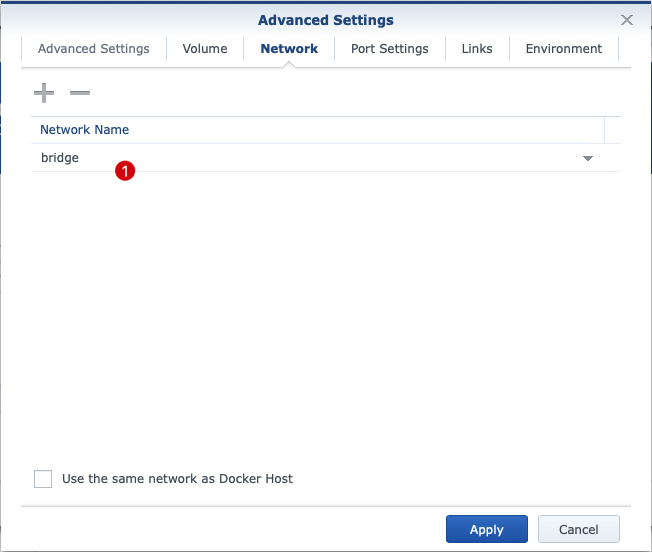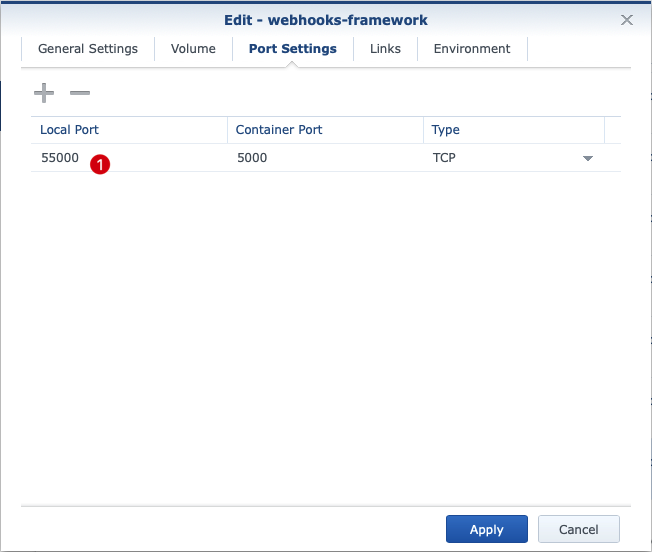An extensible and flexible Python code based Github webhook handling framework. This repository provides examples of how to send notifications to Microsoft Teams when specific events occur in a repository or an organization.
genvoy ['jenvoi] is a name combination of both 'Generali' and 'generic' as prefix and 'envoy' as suffix. The word structure describes this solution as a generic approach to transmitting webhook messages (as an envoy) for the Generali.
This word construct only serves the purpose of simplified representation and description of the function of the software. It is not related to similar sounding products from other sectors or product areas and related components. The function of the software is alternatively described by the longer name "github-webhooks-framework".
The name was changed 07/2020 from "github-webhooks-framework" to "genvoy" because the various functions called by a Webhook call are to be managed as separate repositories.A short name for the framework repository makes it easier to name the function repositories.
We want to keep all repositories in our Github organization in view and be able to react to events at an early stage. To do this, we use Microsoft Teams (or any other comparable tool) to receive and track events within dedicated channels. Since events in Github only remain in the log for 90 days, we decided to use an additional external platform.
Alternatively, pull-queries of the Github API could be used. However, the disadvantage of this approach is that the queries take place in time intervals, the events are provided via the API time-shifted (up to 5 minutes) and the events provided via the API correspond to the content via the webhooks. For more details please refer to the section 'Evaluation of different approaches'.
Using the Webhooks it is therefore possible to react to events in a timely manner. Thus, in addition to notifications about the example, push events can be checked and an investigation can be made for the publication of sensitive information. A reaction to inappropriate content is thus possible faster than known tools that try to access sensitive information via the public API.
Limitation: Currently no events are recorded at the configuration of the organization (events of type enterprise). This script in connection with a free account is not fully suitable for tracking configuration changes for a revision.
- Naming
- Purpose
- Table of content
- Requirements
- Advantages
- Sequence diagram
- Installation
- Deploy
- Test your deployment
- Debug
- Notes on infrastructure
- Notes on data protection
- License
- Credits
- Python 3.6+
- Python Module (see requirements.txt)
- Docker
- Microsft Teams
- Microsoft Connector
Incoming Webhook - Microsoft Teams Channel
- Microsoft Connector
- Support for all Github events
- flexible parsing system for event payloads
- no code adjustment necessary
- flexibly extensible code
- different options for the execution
- productively applicable
graph TD
A[Github] -->|send event| B(Github event engine)
B -->|send event json| C{Webhook Framework}
C -->|event typ: all| D(all)
D -->|message json| E[MS Teams]
C -->|http status code| B
C -->|event type: push| F(fa:fa-car push)
F -->|git clone ...| G[local hdd]
C -->|event type: ...| H[...]
H -->|...| I[...]
In the repository or organization, the target address must be specified in the format http://<ip>:5000 under the settings under Webooks. The default port in the repo is 5000. As events to send we recommend to send all events to be able to use the script as flexible as possible and not to miss any important events later.
git clone https://github.com/generaliinformatik/genvoy.git
cd github-webhook-framework
The dependencies to Python modules can be set up by calling
sudo pip install -r ./app/requirements.txt
You can configure what the application does by copying the sample config file
config.json.sample to config.json and adapting it to your needs:
{
"github_ips_only": true,
"enforce_secret": "",
"return_scripts_info": true,
"hooks_path": "hooks",
"backup_path": "backup",
"debug_level": "INFO"
}
| Key | Value | Default |
|---|---|---|
| http_port | Default flask HTTP port of webservice. Adjust this parameter if a different port is required for operation in the deployment scenario. | 5000 |
| github_ips_only | Restrict application to be called only by GitHub IPs. IPs whitelist is obtained from GitHub Meta <https://developer.github.com/v3/meta/> (endpoint <https://api.github.com/meta>_). |
true |
| enforce_secret | Enforce body signature with HTTP header X-Hub-Signature. See secret at GitHub WebHooks Documentation https://developer.github.com/v3/repos/hooks/ or https://developer.github.com/webhooks/securing/. We strongly recommend to assign this parameter with a high entrophy to protect you against spam or fraud. We recommend a minimum length of 32 characters! Please don't forget to set this secret in your webhook of Github as well. |
'' (do not enforce) |
| return_scripts_info | Return a JSON with the stdout, stderr and exit code for each executed hook using the hook name as key. If this option is set you will be able to see the result of your hooks from within your GitHub hooks configuration page (see "Recent Deliveries"). |
true |
| hooks_path | Configures a path to import the hooks. If not set, it'll import the hooks from the default location. | hooks |
| backup_path | Configures a path to backup received JSON data as file. If not set or path not valid, no backup file is created. | '' (no backup) |
| debug_level | Defines the debug level. Valid option sare DEBUG, INFO, WARNING, CRITICAL. Default is INFO. |
INFO |
The configuration file is read in anew with every HTTP request before commands are executed. This allows the settings to be adjusted dynamically.
This application will execute scripts in the hooks directory using the following order:
hooks/{event}-{repository name}-{branch}
hooks/{event}-{repository name}
hooks/{event}
hooks/all-{repository name}-{branch}
hooks/all-{repository name}
hooks/all
In addition, it is possible to define with so-called child hooks. These only have to correspond to the file names of the parent hook in the prefix and can be extended by further functions. These act as own scripts, but are called with the event of the parent hook. Sorting by the file name determines the execution sequence. All files that have the execution flag are included as child hooks - so please make sure that the correct flag is set in the file properties.
The following exemplary possibilities (extract) exist to extend the parent hooks with additional child hooks:
hooks/{event}-{repository name}-{branch}+function1
hooks/{event}-{repository name}function1
hooks/{event}_function1
hooks/all-{repository name}-{branch}function1
hooks/all-{repository name}.function1
hooks/all-1-function1
hooks/all-2-function2
Note: All hooks that are interpreted as matching are called one after the other.
The application will pass to the hooks the path to a JSON file holding the payload for the request as first argument. The event type will be passed as second argument. For example:
hooks/push-myrepo-master /tmp/sXFHji push
Hooks can be written in any scripting language as long as the file is executable and has a shebang. The file must not contain a file extension. A simple example in Python could be:
#!/usr/bin/env python3
# Python Example for Python GitHub Webhooks
# File: push-myrepo-master
import sys
import json
with open(sys.argv[1], 'r') as jsf:
payload = json.loads(jsf.read())
### Do something with the payload
name = payload['repository']['name']
outfile = '/tmp/hook-{}.log'.format(name)
with open(outfile, 'w') as f:
f.write(json.dumps(payload))Not all events have an associated branch, so a branch-specific hook cannot fire such event scripts. For events that contain a pull_request object, the base branch (target for the pull request) is used, not the head branch.
The payload structure depends on the event type. Please review:
https://developer.github.com/v3/activity/events/types/
The configuration of the hooks depends on the hooks used. The sample hooks contained in the repository are used to send notifications about the github events to Microsoft Teams and to clone repositories locally.
To get notifications about all events, the hook file all is used. This script interprets the parameter JSON data (parameter #1) and event name (parameter #2) and complete the notification task.
If the event push in branch masterof repository repo1 occurs, the scripts (in that order)
hooks/push-repo1-master
hooks/push-repo1
hooks/push
hooks/all-repo1-master
hooks/all-repo1
hooks/all
are called. Some sample scripts are given to demonstrate the procedure.
To execute the script from the command line, simply call
cd ./app
python3 main.py
To deploy in Apache, just add a WSGIScriptAlias directive to your
VirtualHost file:
<VirtualHost *:80>
ServerAdmin you@my.site.com
ServerName my.site.com
DocumentRoot /var/www/site.com/my/htdocs/
# Handle Github webhook
<Directory "/var/www/site.com/my/python-github-webhooks">
Order deny,allow
Allow from all
</Directory>
WSGIScriptAlias /webhooks /var/www/site.com/my/python-github-webhooks/app/main.py
</VirtualHost>
You can now register the hook in your Github repository settings:
https://github.com/youruser/myrepo/settings/hooks
To register the webhook select Content type: application/json and set the URL to the URL of your WSGI script:
http://my.site.com/webhooks
To deploy in a Docker container you have to expose the port 5000, for example with the following command:
docker build --pull -f ./Dockerfile -t webhooks:latest .
docker run -p 5000:5000 webhooks:latest
You can also mount volume to setup the ./hooks/, ./backup.git/ or ./backup.json/ directories, and the file config.json:
docker run --name webhooks \
-v /path/to/my/hooks:/app/hooks \
-v /path/to/my/backups:/app/backups.json \
-v /path/to/my/git:/app/backup.git \
-v /path/to/my/config.json:/app/config.json \
-p 5000:5000 webhooks:latest
Alternatively, the script file ./deploy_docker.sh can be called, in which the above mentioned commands are called automatically. Variables in the script file can be used to customize the execution.
The basis Dockerfile can be used under Docker and Openshift. For the use under Openshift the script ./deploy_openshift.sh can be used.
To use the solution as a docker container on your Synology we would like to give the following tips for the setup.
The screenshots are the German interface, but we will describe the options in detail.
Once the image has been integrated into Docker for Synology, it can be used to create a container. First, the 'Container Name' (1) must be unique.
On the Volume page, volumes can be mounted to the container. In this example, the following Synology subfolders (1) have been set up with reference in the Docker Container (2) under the path /volume1/docker.apps/github-webhooks-framework.
| Reference to Synology (1) | Reference in Container (2) | Type | Content |
|---|---|---|---|
| <1>/backup.git | <2>/backup.git | directory | repository clones |
| <1>/backup.json | <2>/backup.json | directory | backup copies of github JSONs |
| <1>/hooks | <2>/hooks/ | directory | hook scripts |
| <1>/config.json | <2>/config.json | file | configuration file main script |
| Legende: | |||
| <1> = /volume1/docker.apps/github-webhooks-framework | |||
| <2> = /opt/repo/app |
The settings for the Network can be left at bridge (1) by default because we need to do a port mapping and the system does not need its own IP from the host network.
Finally, we set up the port mapping under Port Settings. This is necessary because port 5000 inside the container collides with default DMS HTTP port 5000 typically. We therefore set up the port (1) on which we are listening on the host (here exemplary 55000) and redirect it to port 5000 inside the container.
At this point, there are several possibilities, depending on the respective network configuration. In this case, we assume that the webhook sends via github on your public IP to port 55000. This port is shared in the router and forwarded to the IP from the Synology Product. Here, the packets on port 55500 are received and forwarded to the container.
The port to be used internally is currently set to 5000. It may sometimes be necessary to adjust the port within the container or the user may have his own preferences. However, in most cases it should be sufficient to implement a change of the port propagated to the outside world via the command docker run -p <port>:<Port> ....
Otherwise, the port is configured for the services contained in the docker file in the following files:
| File | Mention in file | Port |
|---|---|---|
| ./deployment/nginx.conf | listen 5000; |
5000 |
| ./deployment/Dockerfile | EXPOSE 5000:5000 |
5000 |
| ./app/main.py | app.run(debug=True, host='0.0.0.0', port=5000) |
5000 |
Please note that it may be necessary to set port forwarding in routers if the system is not directly accessible.
To test your hook you may use the GitHub REST API with curl. See:
https://developer.github.com/v3/
If you have no 2FA (two factor athentication) activated, you can fire an event via:
curl --user "<youruser>" https://api.github.com/repos/<youruser>/<myrepo>/hooks
Take note of the test_url.
curl --user "<youruser>" -i -X POST <test_url>
You should be able to see any log error in your webapp. If 2FA is activated, you have to use an token.
When running in Apache, the stderr of the hooks that return non-zero will
be logged in Apache's error logs. For example:
sudo tail -f /var/log/apache2/error.log
Will log errors in your scripts if printed to stderr.
You can also launch the Flask web server in debug mode at port 5000.
cd ./app
python main.py
This can help debug problem with the WSGI application itself.
Microsft Teams is typically used as a cloud-based solution. Github is also often used by companies as a cloud solution.
In a later deployment scenario of the Webhooks framework, it should be considered whether the solution will be used as a cloud-based or so-called on-premise service.
Since webhooks are typically sent to an address by push, this would mean, when used in corporate infrastructures, that a system in an internal infrastructure or a DMZ would have to be provided for the mere passing of a message. It is therefore advisable to consider whether the solution could not also be used in a cloud-based infrastructure.
Services that are based on on-premise infrastructures can - if the service allows it - be used by pull method, which means that internal systems establish a connection to the framework and thus no firewall port has to be explicitly opened for communication.
In accordance with the recommendation, communication is carried out as follows:
The underlying information is per se classified as public information by the user due to the intention to publish it on Github. Only the information published by the user can be classified as critical for IT security or privacy reasons.
The information can be accessed via browser or REST client at
https://api.github.com/repos/:user/:repository/events
(:user = user or organization name / :repo = repository name)
This means that this information is already available to other users when an event occurs.
When using this framework, this publicly visible information is processed by additional services. A consideration under information protection aspects is therefore not necessary per se.
However, we would like to point out that the publication of sensitive information can still become relevant by integrating additional services. For this reason, we recommend under all circumstances that you use the Framework Service on infrastructure that is under your own (preferably complete) control. An appropriate reaction to security-relevant events is recommended in any case - regardless of the number or type of third-party infrastructures used. For example, sensitive information must be removed immediately and your own infrastructures must be secured (e.g. if access data is published).
APLv2, see LICENSE
This project is a reinterpretation and merge of several approaches and uses the basic approach of Carlos Jenkins:
- python-github-webhooks https://github.com/carlos-jenkins/python-github-webhooks
Thanks.
